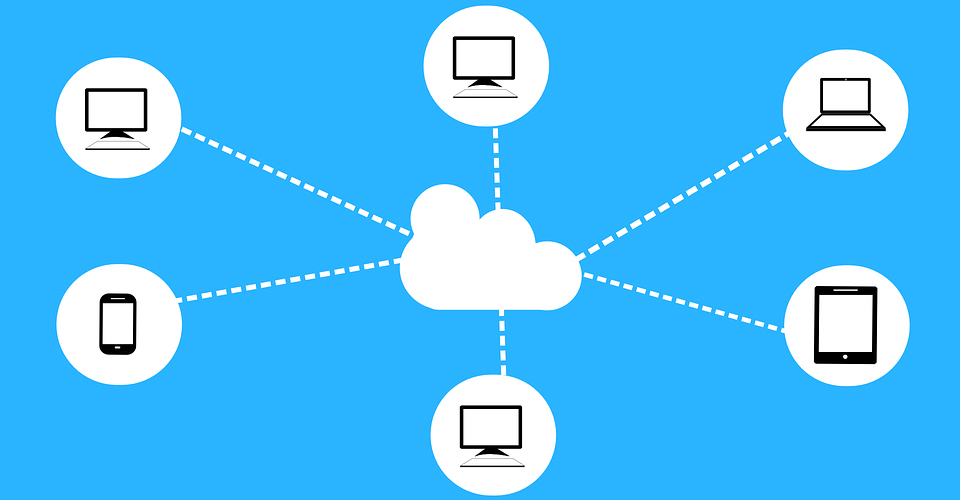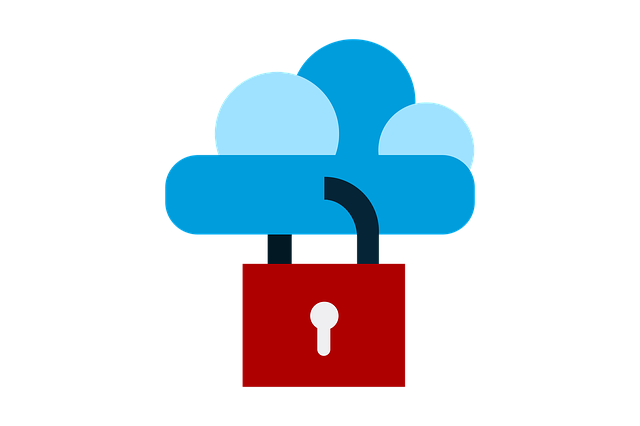
Cloud computing applications, cloud computing itself, the Internet of Things (IoT) and edge computing are totally revitalizing the business world, saving even smaller businesses tens of thousands of dollars a year. Accordingly, such solutions are worth your consideration. Certainly any change of this caliber can be expensive, but you don’t have to do it all at once.
It’s possible to phase in such upgrades, and when you think about collateral cost-reduction in terms of infrastructure, these kinds of strategies are certainly recommendable.
Crunching The Numbers
Consider the cost of an internal server array utilizing just two servers. You’ve got to buy the servers, transport them, allocate space for them, install them, acquire a backup system of some variety, troubleshoot them, upgrade them, secure them, and do it all again within three to five years. If, in the first year, you spend $50k or less, you’re probably doing pretty well—and that doesn’t include the cost of staff to maintain them.
Good luck finding qualified personnel to keep an internal server array of even two servers running for less than $40k per tech professional. If your average cost of operation is only $10k per server in a two-server array, you’re looking at a minimum of $60k per year on top of installation costs, for a five-year period expense of $400k.
If you’re spending $50k a year on outsourced cloud solutions that provide exactly the same services, you’d save $150k in five. You’re going to be able to get such solutions for far less than that. You may be able to get it done for around $20k a year, depending on the needs of your business. Imagine shrinking a $400k expense to a $100k expense.
Next consider collateral benefits from such technology. Have you heard of BYOD, or Bring Your Own Device? This is a means of facilitating remote operations and mobility by which employee device cost can be stricken from the budget. Just control access to your cloud-floated remote platform for reasons of security, and you don’t need a good number of your employees to come to a physical office every day for productivity to be successful. Now you can outsource office costs as well.
Direct Utility Possible Through The Cloud
Then you’ve got cloud applications which replace infrastructure like timekeeping and payroll to consider. If you’ve got ten employees at $1k per individual in terms of equipment, and $5k a year in terms of annual equipment upkeep costs for everyone on the floor, that’s $45k in savings over five years. Downsize office space 80% through remote working facilitation and additionally save thousands a month, depending on your operation.

Call office space savings a grand a month, and that’s $60k in a year. Surrogate one department’s infrastructure with the cloud, and you could save another $50k over five years, easy. So now cloud solutions alone have saved you $555k in five years, or $111k a year—even if you’re not that big an operation. This doesn’t even take into account IoT optimization and edge computing utility—should either be applicable to your business.
Additional Considerations
You also want to consider new innovations in client and potential client communication which have the ability to reap actionable leads immediately upon visitation to a home website. One of the best new innovations designed to do just this thing is known as “live chat”.
You can also reduce opportunity costs for employees this way. Instead of sitting around, ready to talk to clients, they can be working on advancing your core brand or pursuing actionable leads who have more likely potential silhouetting them. Time maximization and opportunity cost reduction can be huge collateral resource conservers.
So look into options like cloud computing applications, among others. There is a burgeoning world out there that is quickly being exploited by savvy companies. Very soon, having such options will be required for proper competitive advantage in the marketplace. With trends like that, it’s best to get ahead of the “wave”, rather than to be swept up in it.










![Watch Video Now on xiaohongshu.com [以色列Elevatione perfectio X美容仪 perfectio X 全新仪器黑科技了解下]](https://www.techburgeon.com/wp-content/uploads/2019/07/perfectiox-singapore-150x150.jpg)
